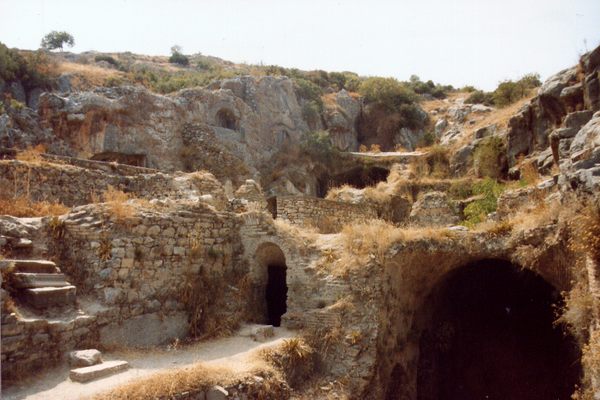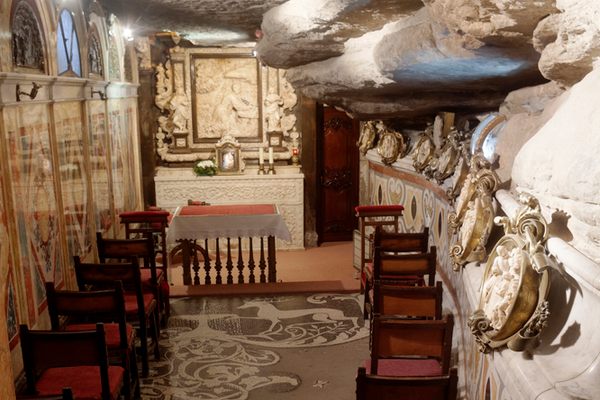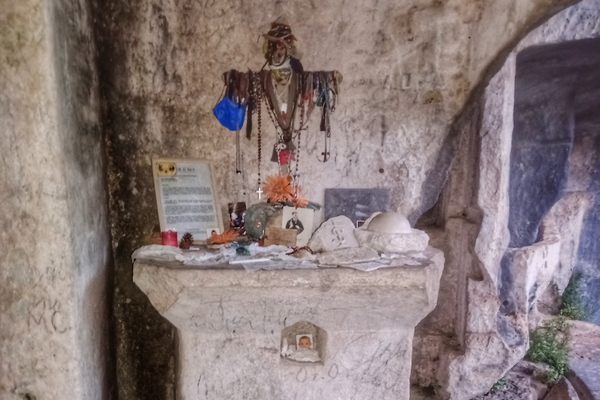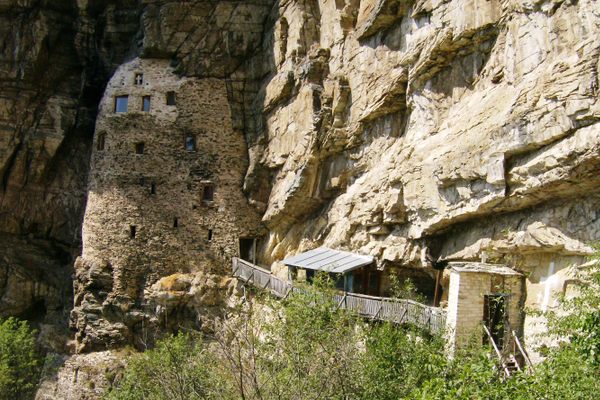About
While the English Civil War raged an ocean away from the Caribbean, the conflict had an unexpected effect on the expansion of Britain's colonial empire: the settlement of the Bahamas.
In 1647, a cohort of approximately 70 Puritans fled Bermuda to avoid persecution from the island’s Episcopal-Royalists. This group of religious refugees, led by Bermuda’s former governor and Oliver Cromwell loyalist, William Sayle, would eventually become known as the “Eleutheran Adventurers.”
At some point during the voyage, the Adventurers’ ship encountered severe weather, causing it to hit the Devil’s Backbone Reef off of the Bahamian island now known as Eleuthera. William was able to lead survivors of the shipwreck to shelter in a nearby cave, where the Adventurers created a permanent settlement. Still visible to visitors today, the settlers hewed a pulpit from a rock formation within the cave, giving the area its name, Preacher’s Cave.
The Preacher’s Cave colony was able to survive due to the support of New England Puritan communities in the American colonies, who after hearing about the plight of the Adventurers, sent provisions to Eleuthera. Grateful for their assistance, the Preacher’s Cave community sent 10 tons of valuable Brazilwood back to their patrons, stipulating that the proceeds from the selling of the wood be donated to Harvard University. As for Sayle, he would eventually move to South Carolina in 1669, found the city of Charleston, and become the first governor of South Carolina the following year.
Preacher’s Cave was the first British settlement of the Bahamas, but the island of Eleuthera and the cave itself were inhabited long before the arrival of William Sayle and the Puritans. Several recent archaeological excavations at Preacher’s Cave yielded not only the skeletal remains of some of the Eleutheran Adventurers, but also those of the indigenous Lucayan-Taíno Indians. In some cases, the remains of the Lucayan individuals predate the Preacher’s Cave settlement by several centuries.
Related Tags
Know Before You Go
Pristine Tay Bay Beach is visible from Preacher's Cave and is easily accessible from the site. Locals and tourists alike often end a trip to the cave by visiting the beach.
Community Contributors
Added By
Published
February 22, 2019




























